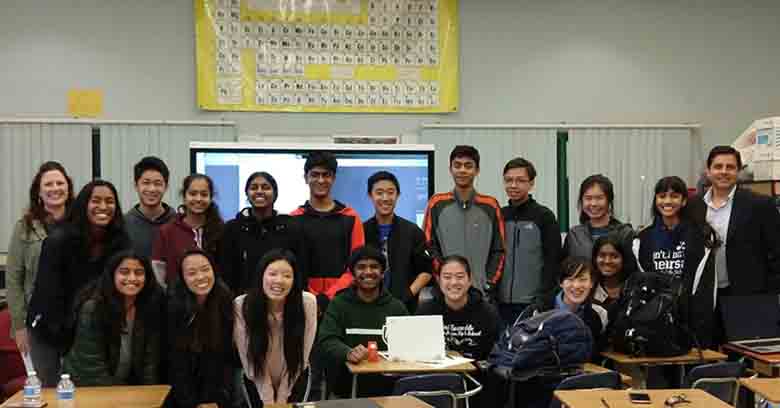Ignite a Passion for Real-World Problem Solving in Your Students
If there is one thing I’ve learned as a K-12 educator, it’s that children have a natural curiosity for the world around them. They have an eagerness to figure out how the world works; to explore unfamiliar concepts and discover new ways of doing things. When they don’t understand something that they encounter in their everyday lives, they ask questions.
As educators, we have a responsibility to nurture this innate curiosity so that our students can grow up to be informed and active citizens. Integrating the ExploraVision science competition into your curriculum is a great way to do so.
ExploraVision Connects Students to Real-World Problem Solving
ExploraVision encourages students to identify problems and challenges facing their community, their loved ones, or the world at large. It then asks them to think critically about how these issues could be solved, and to approach them with the mindset that they can make a difference.
When I posed this question to my classroom, I received an overwhelming amount of responses.
One student mentioned Facebook’s security issues, and what could be done to make the Internet safer. Several students identified health problems that their friends and family struggle with, like joint pain, anxiety, and depression. How could life be made easier for them? Others spoke about pollution and climate change, brainstorming ways that car exhaust could be minimized.
Letting students choose the issues they are passionate about helps to facilitate a natural interest in solving them.
How to Start the Problem-Solving Process
Teachers can encourage this curiosity for problem-solving by providing welcoming environments for students to think creatively. Here are several steps you can take to get the ball rolling:
- Hold a brainstorming session to generate topics of interest (E.g. climate change, cancer, educational equity, etc.).
- Identify what kind of technology is currently in place to deal with these issues.
- Conduct research into how that technology could be improved.
- Envision a future technology to address the problem, identifying what scientific advancements would be needed to develop this technology.
It is very easy to use ExploraVision to facilitate your students’ learning. Deadlines for shorter goals are already planned out by ExploraVision and there are a lot of online resources to help.
The process of engaging your students in real-world problem solving not only helps to spark their creativity, it also empowers them with the knowledge that they can make a difference. It can inspire a lifelong love of innovation that motivates them to take initiative and better the world.
Download these powerful K-12 science lesson plans to get started!
About the Author
Katy Kuei is a Chemistry teacher at Mission San Jose High School, where she has been teaching for ten years. She enjoys developing innovative classroom projects and lab-based activities to engage students in project-based learning. After introducing the ExploraVision into her curriculum, she has become an advocate for the science competition’s approach to real-world problem solving.
